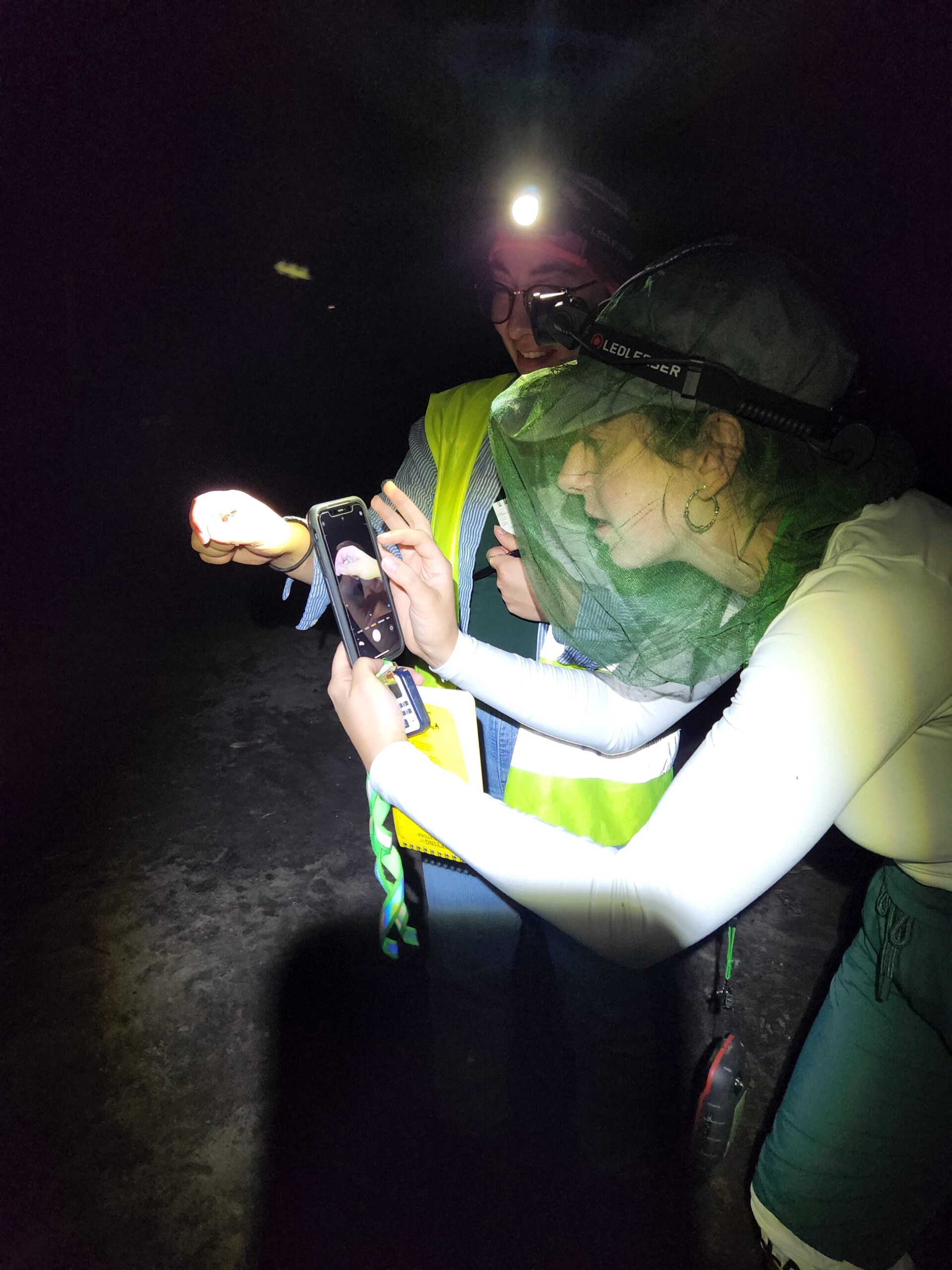Data Collection Tools

While there are many organizations working to gather information about the world’s biodiversity, there are still many data gaps! The goal of this initiative is to mobilize both the community and professionals to collect accessible and unbiased baseline data across our urbanizing landscape.
Our team has designed smartphone apps that make data collection a breeze for anyone!
We believe the people who live in any areas targeted for development or other land use plans are the best eyes and ears to detect any and all plant and animal residents.
My Field App
This smartphone app targets anyone interested in recording their wildlife observations that will assist in local conservation research and environmental studies. Similar to other Naturalist applications, My Field App records location, date, time and allows the user to indicate the species of the plant or animal observation. This app is meant to be a quick and easy-to-use data collection tool, that allows users to submit information anonymously. All app users must make an account with our Aerial system to begin – you can follow the instructions after downloading the app!
My Fish App
This smartphone app targets the interests of anglers and fishermen, making it quick and easy to record your catches using photos. Information collected and submitted to our Aerial database will be similar to My Field App, which allows your submissions to be anonymous, and you can view all past catches in your Aerial diary online. The free version of the app will soon be available to download for both iPhone and Android users.
Software Developer Notes: The real magic in My Fish App is the detection algorithm that we have developed to perform pixel/colour analysis to detect object bounds in the photo, i.e. the reference object and the fish. The quality of the image and associated lighting conditions play a huge factor in the detection accuracy.
When taking a picture of your fish, try for best lighting. The ideal scenario is lighting from over your shoulder onto the fish. Avoid lighting directed at the camera.


